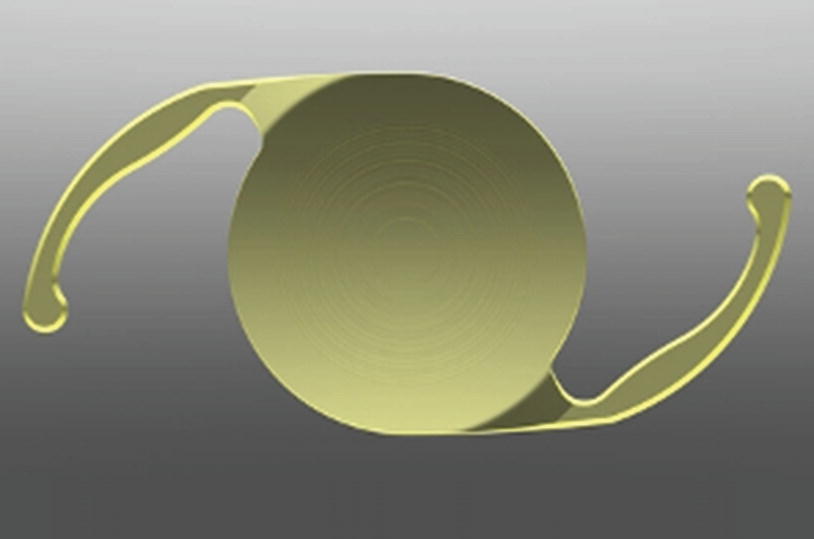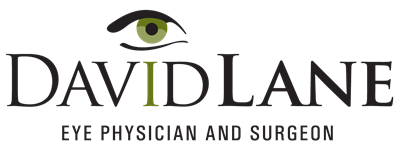What are cataracts?
A cataract is simply a clouding of the lens of the eye. Cataracts are the most common cause of visual loss in the world. Fortunately, cataracts can be fixed safely with modern cataract surgery to improve vision.
Cataract surgery involves removing the cloudy lens of the eye, and replacing it with a new clear lens implant (intraocular lens). The implant power is customized based on the shape and length of your eye.
What causes cataracts?
- Age - Everybody develops cataracts at some point in their life. The average age of people having cataract surgery is in the mid 70’s, but some people develop cataracts at a younger age, and some older.
- Genes - some cataracts can be genetic, and can run in families
- Congenital - these cataract are rare, and are present in babies at birth
- Medications - some drugs can cause cataracts, the most common one is prednisone
- Trauma - trauma can cause a cataract to grow more quickly than usual
- UV Exposure - sunlight exposure over time is associated with cataracts
- Poor Health - alcoholism, smoking, or any severe health problem(with ICU admission) can make cataract progress more quick
Are there different types of cataracts?
There are several different types of cataracts, the most common types are:
- Nuclear Sclerosis - this is the most common type of cataract that comes with age. The entire lens becomes “yellow/brown” and harder. This type tends to grow slowly, and often people do not realize there is a problem until they fail a drivers license vision test.
- Posterior Subcapsular - this is a more rapidly growing type of cataract. It is more common in younger people, and people who use steroid eye drops. This is the most visually disabling type of cataract.
- Anterior Cortical Cataract - These are “spoke-like” opacities in the lens of the eye. They tend to affect vision less.
- White Cataract - This is a severe cataract that has turned “white”. This can happen when cataracts have been left too long without treatment. Unfortunately the risks of surgery are greater when cataracts get to this advanced stage.
How are cataracts diagnosed?
Your optometrist can see cataracts developing in your eyes with a special microscope called a “slit lamp biomicroscope”, and would refer you for surgery when it is appropriate.
Most people notice their vision is getting more blurry; however, when cataracts change slowly, sometimes it is difficult for people to realize that their vision has declined.
Also, some people may develop other diseases without any symptoms. This is the reason it is important to see your optometrist for regular eye examinations.
How are cataracts treated?
Cataracts are fixed with surgery. There 2 ways cataracts can be fixed.
- Refractive Laser Cataract Surgery - This a more accurate option using a femtosecond laser to perform parts of the surgery. 3D imaging is used to centre the surgical opening to the cataract, and to guide the laser fragmentation of the cataract. The laser also makes incisions in the cornea to correct astigmatism. This advanced technique provides more predictable results.
- <Traditional Surgery - This is a good way to have a cataract fixed, and can be performed at many public hospitals. This technique is performed manually using ultrasound to break up and remove the cataract
What are the implant choices?
- Standard Monofocal Implant - this implant is used for traditional cataract surgery. Bifocals are still needed.
- Aspheric Monofocal Implant - this implant has upgraded optics for distance vision. Reading glasses are still needed.
- Toric Implant - this implant corrects astigmatism, and provides good distance vision. Reading glasses are still needed.
- Multifocal Implant - this implant provides the most independence from glasses after cataract surgery. It provides good distance, intermediate, and close up vision.


